NGC 6995.

NGC 6995.
Credit: Paul Andrew
More Posts from Lanas-own-blog and Others
Space Launch System

Our Space Launch System (SLS) is an advanced launch vehicle for exploration beyond Earth’s orbit into deep space. SLS, the world’s most powerful rocket, will launch astronauts in our Orion spacecraft on missions to an asteroid and eventually to Mars!

A launch system required to carry humans faster and farther than ever before will need a powerful engine, aka the RS-25 engine. This engine makes a modern race car or jet engine look like a wind-up toy. With the ability to produce 512,000 pounds of trust, the RS-25 engine will produce 10% more thrust than the Saturn V rockets that launched astronauts on journeys to the moon!

Another consideration for using these engines for future spaceflight was that 16 of them already existed from the shuttle program. Using a high-performance engine that already existed gave us a considerable boost in developing its next rocket for space exploration.
Once ready, four RS-25 engines will power the core stage of our SLS into deep space and Mars.

The launch of a space shuttle from high above.


The NASA “Worm” Logo
Just like many organizations, the style and logos can change over time. You are probably most familiar with our “meatball” logo. No, unfortunately this does not refer to the delicious food. This logo (below) is our most popular symbol, and dates back to 1959.
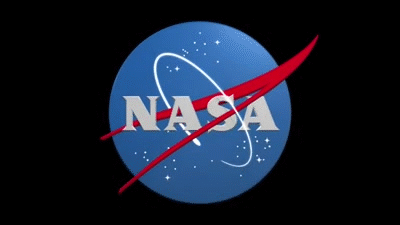
But, we’ve also had other insignia that represented our organization throughout the years.
The “worm” logo (below) was used by the agency from 1975 until 1992. The organization wanted to create a more “modern” logo, which resulted in the unique type style of the “worm” logo.

Even though this logo was retired in 1992, the Graphics Standards Manual is still available online HERE.
You can also read up about the emblems, logos and insignia used by NASA throughout the years in a new e-Book available for free HERE.
Make sure to follow us on Tumblr for your regular dose of space:http://nasa.tumblr.com
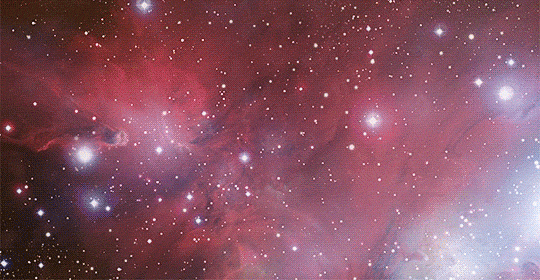
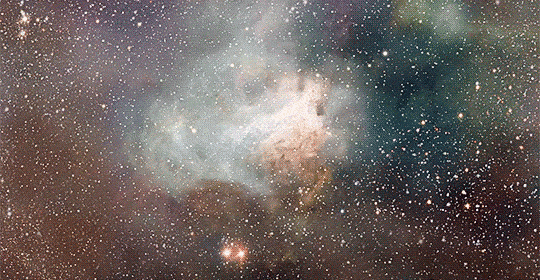
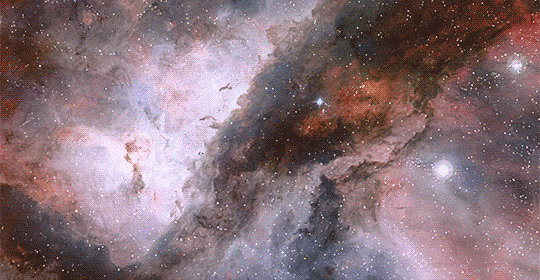

Flying Across The Universe Part 2 (From Top to Bottom: Cone Nebula, Omega Nebula, Carina Nebula, and Lupus 3)
(Part 1)
Credit: ESO.org

Pickering’s Triangle
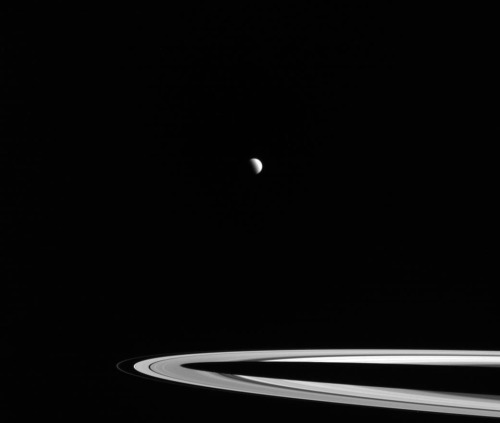
Titan with the rings of Saturn.

NGC 5189.
Credit: NASA, ESA and The Hubble Heritage Team (STScI/AURA)










-
 hillbilly322 liked this · 6 years ago
hillbilly322 liked this · 6 years ago -
 maxolame reblogged this · 6 years ago
maxolame reblogged this · 6 years ago -
 cesar72 liked this · 6 years ago
cesar72 liked this · 6 years ago -
 burningflapbonkturtle-blog liked this · 6 years ago
burningflapbonkturtle-blog liked this · 6 years ago -
 thesquireofcheddar reblogged this · 6 years ago
thesquireofcheddar reblogged this · 6 years ago -
 realsurrealfeel liked this · 6 years ago
realsurrealfeel liked this · 6 years ago -
 ltd68 liked this · 6 years ago
ltd68 liked this · 6 years ago -
 fanxiacg liked this · 6 years ago
fanxiacg liked this · 6 years ago -
 im-not-an-armrest-im-short liked this · 6 years ago
im-not-an-armrest-im-short liked this · 6 years ago -
 nib333 reblogged this · 6 years ago
nib333 reblogged this · 6 years ago -
 powersnuffgirls liked this · 6 years ago
powersnuffgirls liked this · 6 years ago -
 glitterkaiju liked this · 6 years ago
glitterkaiju liked this · 6 years ago -
 recklesslystudying-blog liked this · 6 years ago
recklesslystudying-blog liked this · 6 years ago -
 restlessundead reblogged this · 6 years ago
restlessundead reblogged this · 6 years ago -
 yxcvbnm666 liked this · 6 years ago
yxcvbnm666 liked this · 6 years ago -
 lakesidebear liked this · 6 years ago
lakesidebear liked this · 6 years ago -
 daemondamian liked this · 6 years ago
daemondamian liked this · 6 years ago -
 cuteloonyinlove reblogged this · 6 years ago
cuteloonyinlove reblogged this · 6 years ago -
 cuteloonyinlove liked this · 6 years ago
cuteloonyinlove liked this · 6 years ago -
 astralarrow reblogged this · 8 years ago
astralarrow reblogged this · 8 years ago -
 bloodred87 reblogged this · 9 years ago
bloodred87 reblogged this · 9 years ago -
 thatscaptainjacksparrowtoyou reblogged this · 9 years ago
thatscaptainjacksparrowtoyou reblogged this · 9 years ago -
 greystardustt reblogged this · 9 years ago
greystardustt reblogged this · 9 years ago -
 greystardustt liked this · 9 years ago
greystardustt liked this · 9 years ago -
 whtwolf11 liked this · 9 years ago
whtwolf11 liked this · 9 years ago -
 between-reality-and-dreaming reblogged this · 9 years ago
between-reality-and-dreaming reblogged this · 9 years ago -
 astriferously reblogged this · 9 years ago
astriferously reblogged this · 9 years ago -
 glittermintgalaxy reblogged this · 9 years ago
glittermintgalaxy reblogged this · 9 years ago -
 hardcodeddead reblogged this · 9 years ago
hardcodeddead reblogged this · 9 years ago -
 the-auto-pilot-riot reblogged this · 9 years ago
the-auto-pilot-riot reblogged this · 9 years ago -
 in-the-days-of-bingee liked this · 9 years ago
in-the-days-of-bingee liked this · 9 years ago -
 in-the-days-of-bingee reblogged this · 9 years ago
in-the-days-of-bingee reblogged this · 9 years ago -
 bloodred87 liked this · 9 years ago
bloodred87 liked this · 9 years ago -
 riverborne reblogged this · 9 years ago
riverborne reblogged this · 9 years ago -
 ekollix liked this · 9 years ago
ekollix liked this · 9 years ago -
 danceinthedark-6 reblogged this · 9 years ago
danceinthedark-6 reblogged this · 9 years ago -
 greg-le-bird liked this · 9 years ago
greg-le-bird liked this · 9 years ago -
 duckplanet66 reblogged this · 9 years ago
duckplanet66 reblogged this · 9 years ago -
 atomicmoonexpert liked this · 9 years ago
atomicmoonexpert liked this · 9 years ago -
 liedavictorian reblogged this · 9 years ago
liedavictorian reblogged this · 9 years ago
I've had lots of blogs in the past, but this one I'm actualy excited to share with people.
68 posts